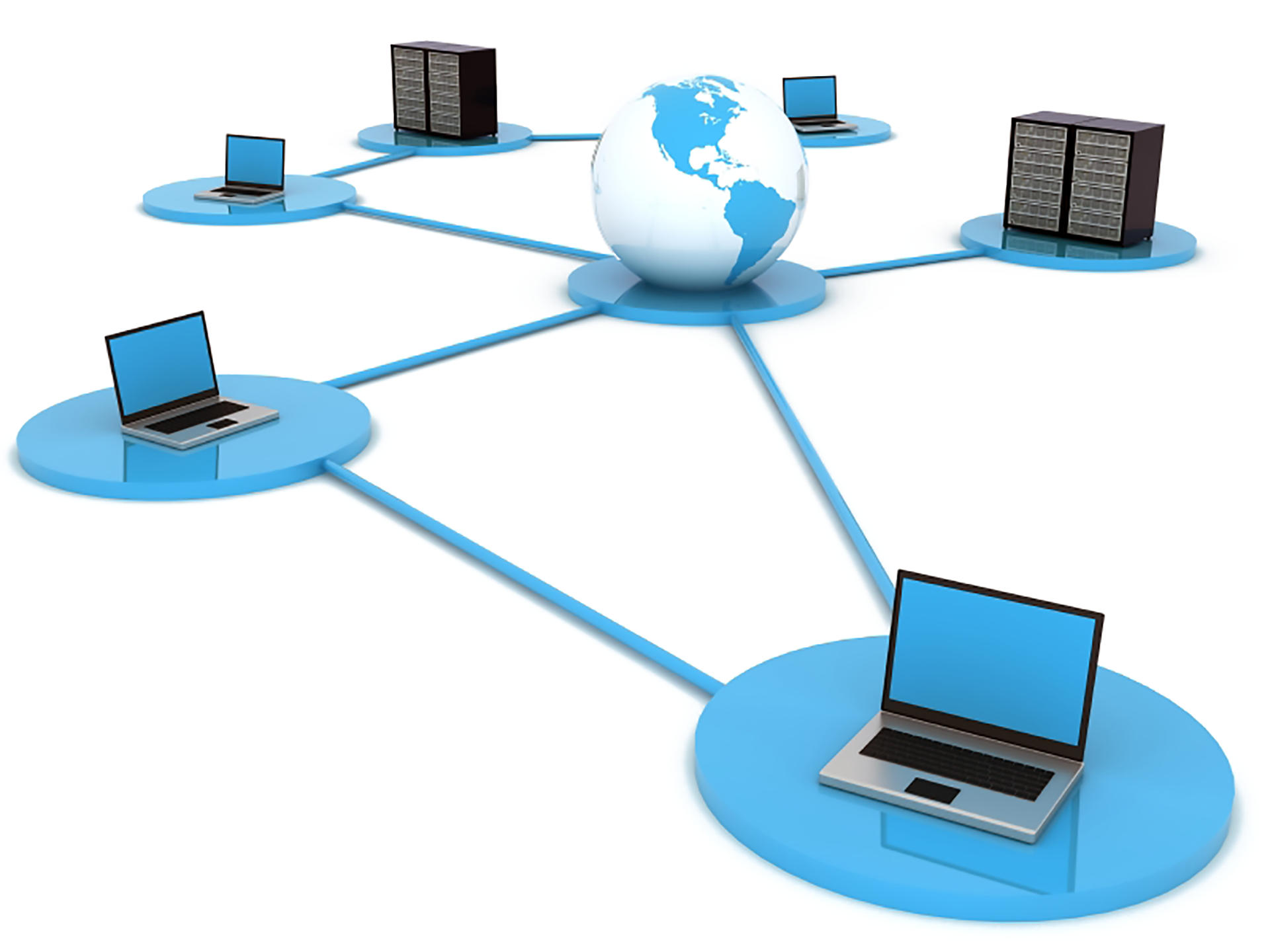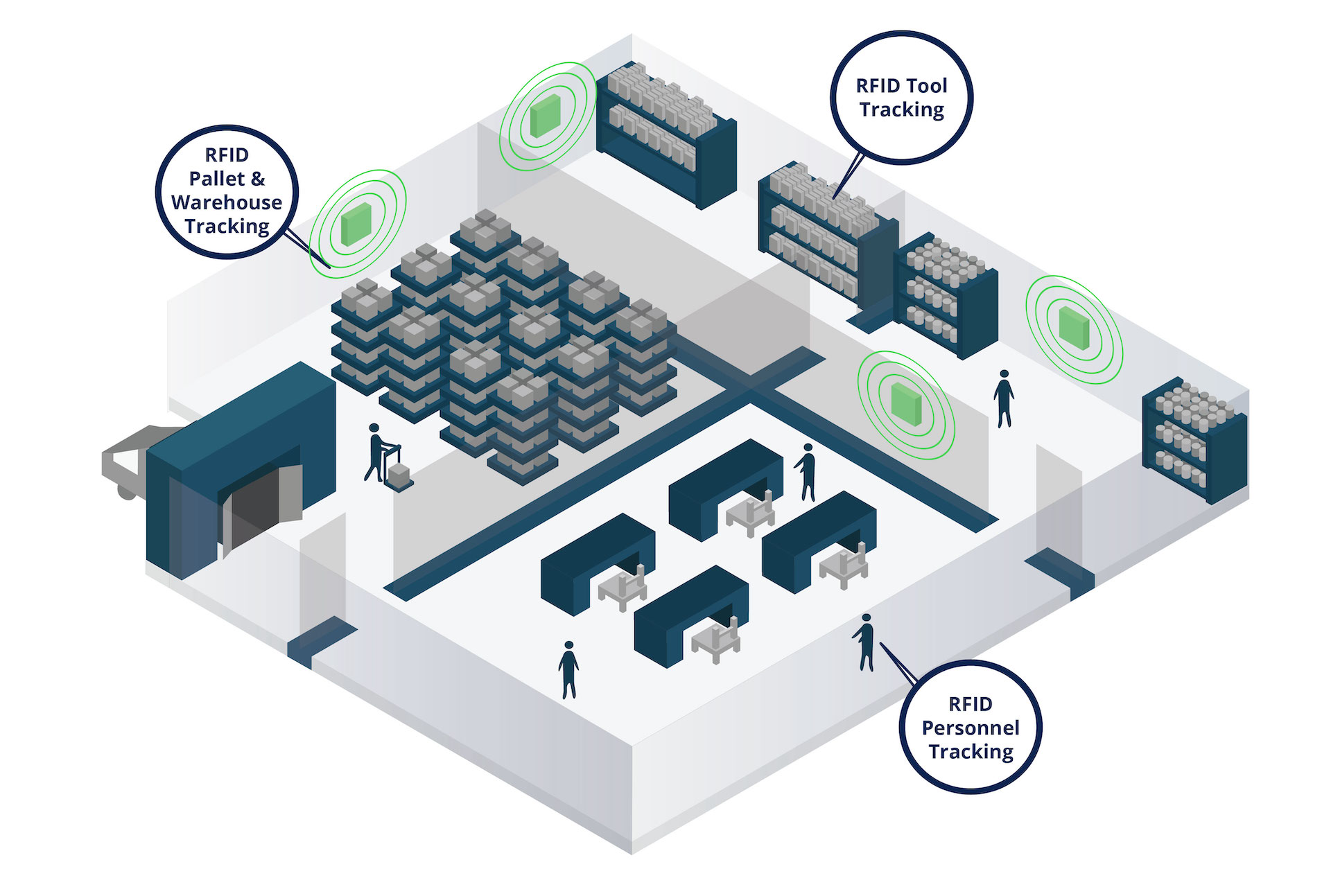Data Migration
Hence, Data migration is the process of selecting, preparing, extracting, and transforming data and permanently transferring it from one computer storage system to another. Data migration is a common IT activity.
Is your data migration strategy secure and compliant?
Most importantly, your data migration strategy should be secure and compliant. Not taking the right cybersecurity and regulatory measures could potentially result in a data breach or fines and penalties for non-compliance. Data migrations can take a variety of different forms.
Is your data migration project costing you money?
According to research, about 50% of all data migration projects will either exceed predetermined budgets or harm the overall business due to flawed strategy or execution. That’s because data migration projects are often complex, time-consuming, and involve multiple systems, technology, and tech teams. We work with client management to ensure that work is done using approved budget set aside for the service.
What are the challenges of data migration?
Data migration requires moving data from one computing environment to another. A new application platform may require radical transformation due to new application interactions after the migration. The major challenge comes from the old and target infrastructures having distinctive data models and using different data formats. OB’ understand this process because we have experience doing this type of job, so you are welcome to reach out to us.



PC Refresh
According to a survey conducted by Intel in 2014 and 2018, employees are 19.16% less productive on PCs that are 5+ years old. Over the course of a year for every 5-year-old computer, you lose an average of 42 productive work hours and $12,495 per year in lost productivity due to aging workstations. And as a result, you begin to see:
- Decreased in Productivity
- Increased Support Costs
- Lost Time
- Lost Business
- Frustrated users
Not all PCs are made to be use 40+ hours a week. Manufacturers have two distinct grades that are offer to the market. Our team will work with you to ensure a proper PC refresh is done effectively and if possible, help you out with your PC search. Therefore, reach out to us for better discussion and arrangement.

Computer Imaging

Network Support
What is a Computer Network?
We can think of a computer network as an electronic orchestra consisting of all the ‘things’ that our organization uses to share, store, and process information, provide services, and perform work. The “members” of that orchestra include a variety of very different things. The word “network” immediately brings to mind the usual cast of suspects – servers, storage devices, switches, firewalls, routers, printers, and desktop computers. We might also think of things like smart phones, desktop phones, and tablets. Today’s network, however, includes many other things that we might not think of – fax machines, postage machines, robotic manufacturing machines, heating and air conditioning systems, lighting systems, security systems, and even things like entertainment systems, refrigerators, toasters, and coffeemakers! In a network, all of these devices are connected to each other and talk to each other to perform the work we ask them to do and to make our tasks – and our lives, easier.
Technology Used in Computer Networks
There are multiple ways to connect to a Network – traditionally, devices were connected and communicated through a copper wire, but today devices may communicate by light through fiber optic cable and infra-red signals, or by radio signals through wireless access points, Bluetooth connections, and even satellites!
What is Network Support?
In a broad sense, Network Support has to do with everything that keeps your organization’s computer network running, productive, and up-to-date. It assures your devices are healthy, and your hardware, software, and personal devices are compatible and working. It assures that there is no congestion – that the network “freeway” is wide enough for all traffic to get through and move quickly. It also means supporting the people who use the equipment, you, the “end user.” This last part is the most important part of network support, but we’re getting ahead of ourselves… Specifically, Network support includes everything from regular tasks maintenance, to the testing and troubleshooting of problems to the design and development of new features to increase your functionality and productivity.
Our team of network support specialists, also, called technical support specialists, help clients to accomplish these tasks. We analyze, troubleshoot, and evaluate computer network problems, and play an important role in the routine maintenance of client organization’s networks, such as performing file backups and system updates. We more or less work as a third-party network technology provider.
The Human Factor in Computer Network Support
End user” is a business term use by Network Support Specialists, but at OB’s we believe the most important thing to remember is that “end users” are people. Most of us don’t understand the computers we are using, any more than we understand the cars we drive. Just like we trust our “auto mechanic” to help us with problems, we must trust our network support team as well.
Trust is even more important with a computer network because of the wide variety of things that can go wrong on a daily basis. There are many organic systems and there is a huge gap of knowledge on how the systems interact. It is the same in the computer world. When a computer system or an application is created, it is tested under a number of circumstances. But it can’t be tested under every circumstance. When that computer system or program is finally released to the public., we can’t predict everything that will happen when that computer system or application comes in contact with other systems, or applications that it was never tested with. That alone introduces a large degree of inexactness and experimentation in troubleshooting. To succeed, a Network Support Specialist must be a good researcher and rely on the basic rules of logic.
In the end, Network Support is all about serving people. The real goal of the Information Technology Professional is to serve people. Our responsibility is to help them master the technical equipment they own. At OB Consultants, we understand that being a good technical support specialist means working with client to provide the most effective support to them. We want to provide the right support so we work will management in the most effective way to get the work done.

Inventory and Asset Management
Asset Management vs Inventory Management: The Similarities
Even though inventory management and asset management are two different things, there are some similarities between the two. Both inventory management and asset management involve tracking and managing assets. This includes keeping track of where assets are located, what condition they are in, and how they are being used.
Both inventory management and asset management also require businesses to make decisions about how to best use their assets. This includes things like deciding when to order new inventory and when to sell off old assets.
Both inventory management and asset management involve planning for the future. This includes forecasting demand, so that businesses can order the right quantities of goods and setting aside money to replace old assets. We evaluate inventory and asset and provide evaluation report that will give you a better understanding to make decision.
Can Assets and Inventory be Managed Together?
In many businesses, inventory and assets are managed in separate systems. However, there are several advantages to managing both inventory and assets in the same system.
First, it can help to improve accuracy by providing a single source of data. This can be particularly helpful when inventory levels are low and assets are being used to fill customer orders.
In addition, managing both inventory and assets in the same system can help to reduce costs by eliminating duplicate data entry and reducing the need for manual updates.
Finally, a single system can provide valuable insights by generating reports that show how assets are being utilized.
Ultimately, the decision of whether to manage inventory and assets in the same tracking system depends on the specific needs of the business. However, there are several benefits that make it worth considering.
Our asset and inventory management team conduct a comprehensive audit review of client asset and inventory and provide technical advice/recommendation for future management.
